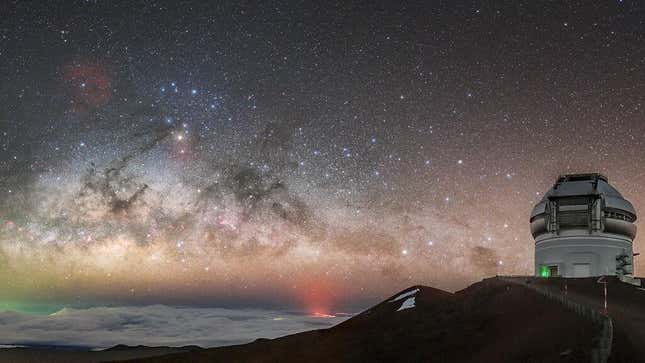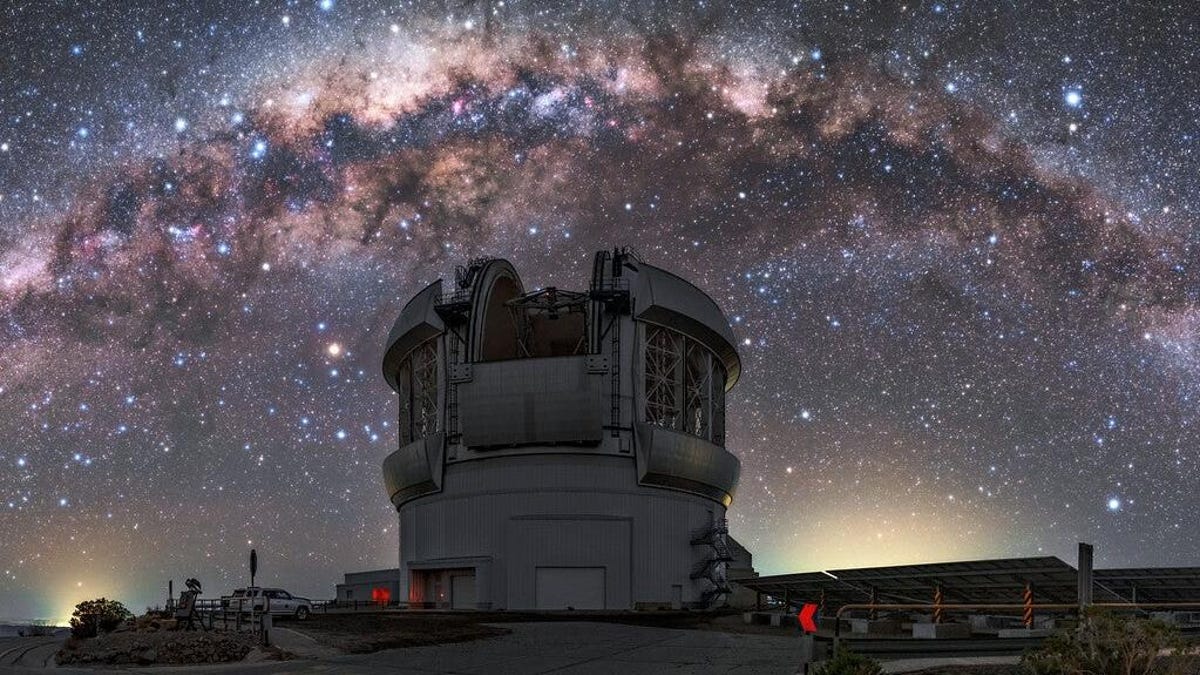Hackers Force Shutdown of Two Key Astronomical Observatories
The International Gemini Observatory, a key player in global astronomical research, has temporarily halted astronomical operations following a cyberattack. The culprits and their motives remain unknown.
The computer hack, which took place on the morning of August 1, led to the suspension of the Gemini North and South Telescopes, as detailed in an August 24 statement from the National Optical-Infrared Astronomy Research Laboratory (NOIRLab). While the North telescope is situated in Hawaii, its southern counterpart is located on Cerro Pachón, Chili, with a few other smaller telescopes located in Cerro Tololo, also in Chile. Observatories stationed on Arizona’s Kitt Peak, however, remain unaffected by the intrusion, according to NOIRLab.
As a precaution, the Gemini.edu website has been taken offline. NOIRLab remains optimistic about its reactivation, saying: “We are encouraged by the progress made thus far.” Specific details concerning the cyberattack have yet to be released, with NOIRLab citing security concerns. NOIRLab says the deactivation of the Gemini.edu site was purely precautionary, even though the main NOIRLab website remains active.
“Like the entire astronomy community, we are disappointed that some of our telescopes are not currently observing. Fortunately, we have been able to keep some telescopes online and collect data with in-person workarounds,” NOIRLab stated in its release. “We are grateful for the support of the astronomy community during this difficult time and we thank everyone for their patience as our teams continue to work towards restoring normal operations.”

Backed by the National Science Foundation (NSF), NOIRLab plays a pivotal role in optical and infrared ground-based astronomical observations. While the Gemini Observatory’s telescopes aren’t the largest based on mirror size, they stand out due to their versatility, innovative instruments, and geographically strategic placement in both the Northern and Southern Hemispheres. This gives researchers access to an expansive range of astronomical objects and…


